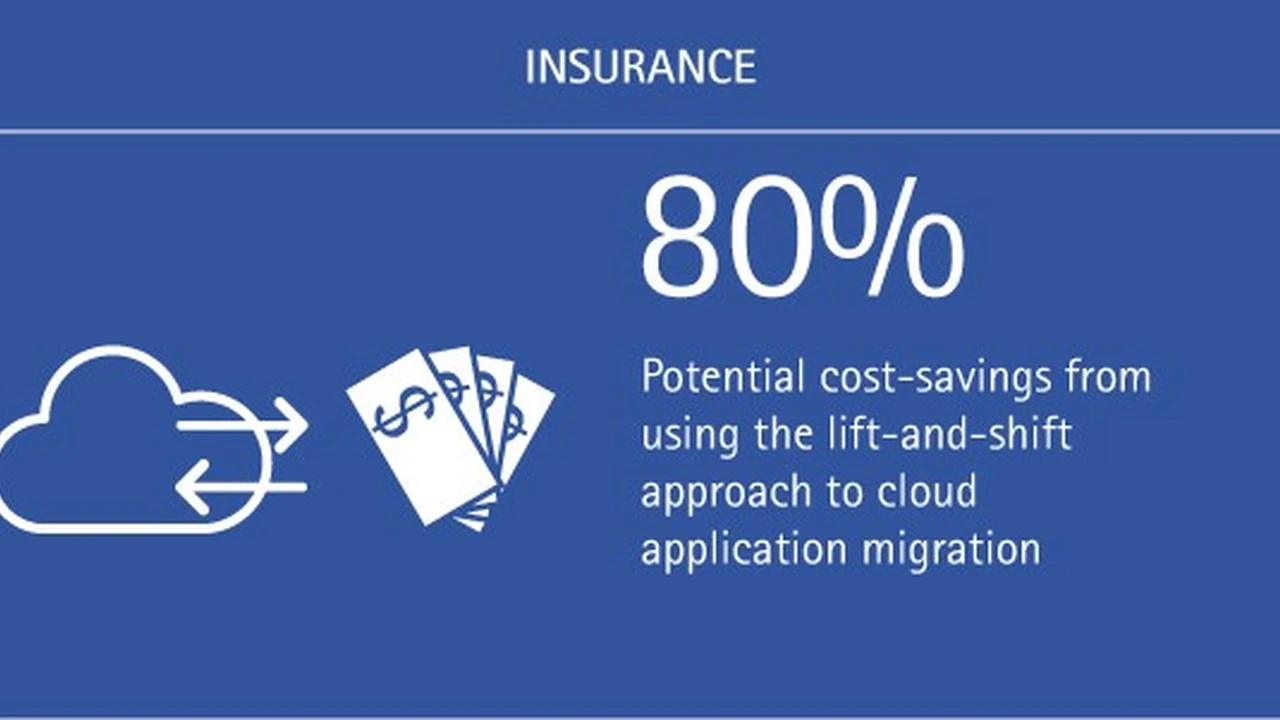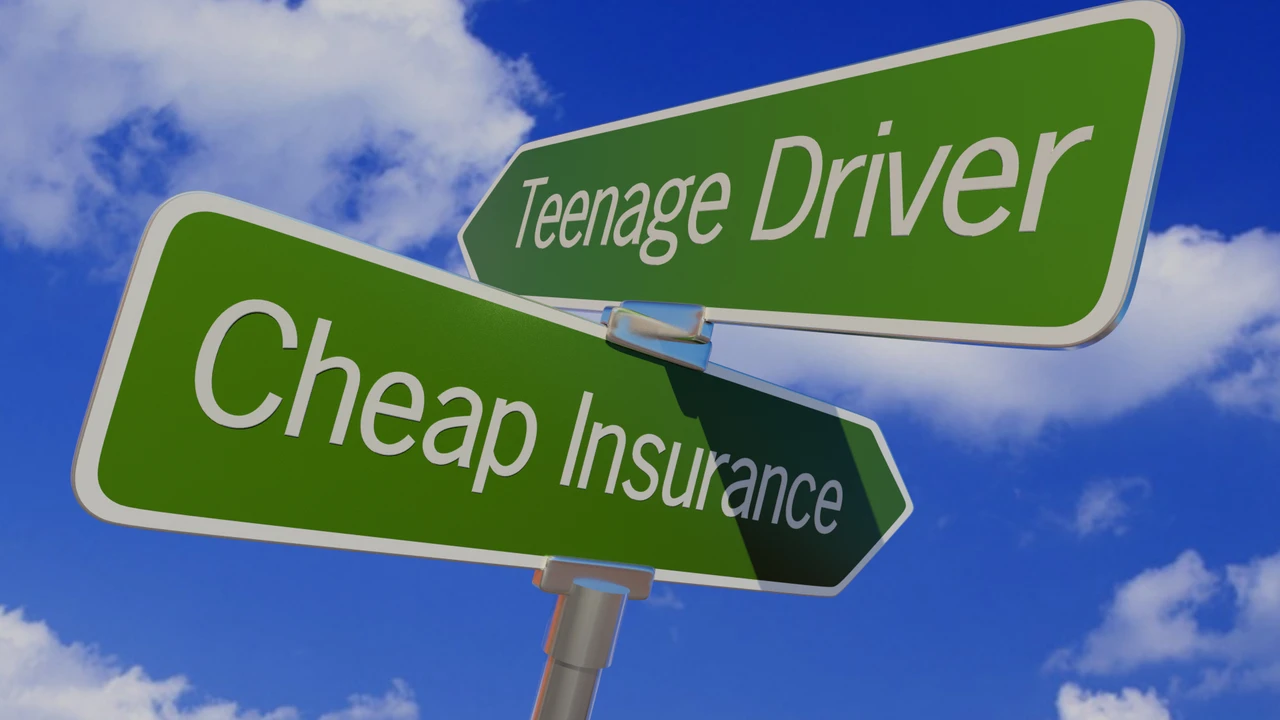Choosing a Safe Vehicle: Reducing Insurance Costs

Understanding the Link Between Vehicle Safety and Teen Driver Insurance Rates
Okay, so you're trying to save some serious cash on teen driver insurance, huh? Smart move! One of the biggest levers you can pull is the kind of car your teen is driving. Insurance companies aren't just throwing darts at a board when they set rates. They're looking at data – lots of it. And that data tells them certain vehicles are statistically safer than others. Safer vehicles mean fewer accidents, less damage, and ultimately, lower insurance payouts. That translates directly into lower premiums for you. Think of it this way: insurance companies are betting against your teen getting into an accident. The safer the car, the better the odds are in their favor, and the more willing they are to give you a break on the price.
Top Safety Features That Lower Insurance Premiums for Teen Drivers
So, what makes a car "safe" in the eyes of an insurance company? It's not just about a shiny new paint job. We're talking about specific safety features that actively prevent accidents or minimize damage when they do happen. Here’s the breakdown:
* **Anti-lock Braking System (ABS):** This is a must-have. ABS prevents your wheels from locking up during hard braking, allowing your teen to maintain steering control and avoid skidding. It's like a mini guardian angel for those panic-stop situations. * **Electronic Stability Control (ESC):** ESC is another game-changer. It detects when the car is starting to lose control (like in a skid) and automatically applies brakes to individual wheels to help the driver regain control. Think of it as a digital helping hand that can prevent spinouts and rollovers. * **Airbags (Front, Side, and Curtain):** Airbags are the last line of defense in a collision. Front airbags protect the driver and front passenger in a frontal impact. Side airbags protect the torso, and curtain airbags protect the head in a side impact or rollover. The more airbags, the better. * **Backup Cameras and Sensors:** These can help prevent low-speed accidents in parking lots and driveways. Backup cameras give a clear view of what's behind the vehicle, while sensors provide audible warnings when the car is getting too close to an object. Especially helpful for new drivers who are still developing spatial awareness. * **Lane Departure Warning and Lane Keeping Assist:** These systems alert the driver if the car starts to drift out of its lane without signaling. Some systems even gently steer the car back into the lane. Great for preventing accidents caused by distracted driving or fatigue. * **Forward Collision Warning and Automatic Emergency Braking:** These systems use sensors to detect a potential collision with the vehicle in front. Forward collision warning alerts the driver, while automatic emergency braking can automatically apply the brakes to avoid or mitigate the impact. A lifesaver in stop-and-go traffic. * **Blind Spot Monitoring:** This system alerts the driver when there's a vehicle in their blind spot. It’s particularly useful when changing lanes on the highway.Recommended Safe Vehicles for Teen Drivers and Their Insurance Implications
Alright, let's get down to the nitty-gritty. Here are a few specific vehicles that are known for their safety features and relatively lower insurance rates for teen drivers. Keep in mind that insurance rates can vary depending on your location, your teen's driving record, and other factors, so it's always best to get a quote from your insurance company before making a purchase.
* **Honda Civic (Sedan or Hatchback):** The Honda Civic is a perennial favorite for a reason. It's reliable, fuel-efficient, and packed with safety features. Newer models come standard with Honda Sensing, a suite of safety technologies that includes forward collision warning, automatic emergency braking, lane departure warning, and lane keeping assist. Older models (2016 and newer) also offer good safety ratings and are generally affordable. * **Usage Scenario:** Perfect for daily commutes to school, extracurricular activities, and weekend trips. * **Pros:** Excellent safety ratings, reliable, fuel-efficient, relatively affordable. * **Cons:** Can be a bit bland in terms of styling, some may find the interior a bit basic. * **Price Range (Used 2016-Present):** $15,000 - $25,000 * **Toyota Corolla (Sedan or Hatchback):** Similar to the Civic, the Corolla is another reliable and safe option. It also comes standard with Toyota Safety Sense, a suite of safety features similar to Honda Sensing. The Corolla is known for its longevity and low maintenance costs. * **Usage Scenario:** Similar to the Civic - daily commutes, errands, and weekend adventures. * **Pros:** Excellent safety ratings, extremely reliable, low maintenance costs, good fuel economy. * **Cons:** Can be considered a bit boring to drive, some may find the styling conservative. * **Price Range (Used 2016-Present):** $15,000 - $25,000 * **Subaru Impreza (Sedan or Hatchback):** The Impreza stands out because it comes standard with all-wheel drive, which provides added traction and stability in all weather conditions. It also boasts excellent safety ratings and a spacious interior. * **Usage Scenario:** Ideal for areas with snow or rain, or for teens who participate in outdoor activities. * **Pros:** Standard all-wheel drive, excellent safety ratings, spacious interior, good visibility. * **Cons:** Fuel economy is not as good as the Civic or Corolla, can be a bit pricier. * **Price Range (Used 2017-Present):** $17,000 - $27,000 * **Mazda3 (Sedan or Hatchback):** If your teen wants something a little more stylish and fun to drive, the Mazda3 is a great choice. It offers a more engaging driving experience than the Civic or Corolla, while still maintaining excellent safety ratings. * **Usage Scenario:** Appeals to teens who want a car that's both safe and fun to drive. * **Pros:** Stylish design, fun to drive, excellent safety ratings, premium interior. * **Cons:** Rear seat space can be a bit tight, fuel economy is not quite as good as the Civic or Corolla. * **Price Range (Used 2017-Present):** $18,000 - $28,000A Detailed Comparison: Honda Civic vs Toyota Corolla vs Mazda3 for Teen Drivers
Let's dive deeper into a comparison of three popular choices: the Honda Civic, Toyota Corolla, and Mazda3. We'll look at key factors that are important for teen drivers and their parents:
| Feature | Honda Civic | Toyota Corolla | Mazda3 | | ----------------- | ------------------------------------------- | -------------------------------------------- | ----------------------------------------- | | Safety Ratings | Excellent | Excellent | Excellent | | Reliability | Excellent | Excellent | Good | | Fuel Economy | Excellent (around 30-42 MPG combined) | Excellent (around 31-40 MPG combined) | Good (around 28-36 MPG combined) | | Driving Experience| Comfortable and practical | Comfortable and practical | Sporty and engaging | | Styling | Modern and sporty | Conservative | Stylish and premium | | Interior | Functional and well-designed | Functional and well-designed | Upscale and refined | | Price (Used) | $15,000 - $25,000 | $15,000 - $25,000 | $18,000 - $28,000 | | Standout Feature | Balanced overall performance and value | Unmatched reliability and longevity | Engaging driving experience and styling |**The Honda Civic:** A great all-arounder. It's safe, reliable, fuel-efficient, and offers a comfortable ride. The Civic is a solid choice if you're looking for a practical and dependable car. **The Toyota Corolla:** The king of reliability. If you want a car that will last for years with minimal maintenance, the Corolla is the way to go. It's also very fuel-efficient and safe. **The Mazda3:** For the teen who wants a car that's fun to drive and looks good. The Mazda3 offers a more engaging driving experience and a more stylish interior than the Civic or Corolla. However, it may be slightly less fuel-efficient and reliable.
Beyond the Car: Other Factors Affecting Teen Driver Insurance Costs
Choosing a safe vehicle is a huge step, but it's not the only factor that affects insurance rates. Here are a few other things to consider:
* **Driver's Education:** Completing a driver's education course can often qualify your teen for a discount on their insurance. It shows the insurance company that your teen has received proper training and is more likely to be a safe driver. * **Good Grades:** Many insurance companies offer discounts to students who maintain good grades. This is because studies have shown that students who are responsible in school are also more likely to be responsible drivers. * **Monitoring Devices:** Consider installing a telematics device in your teen's car. These devices track driving behavior, such as speed, acceleration, and braking. If your teen drives safely, you can earn a discount on your insurance. * **Increasing Deductibles:** Raising your deductible (the amount you pay out-of-pocket before your insurance kicks in) can lower your monthly premiums. Just make sure you can afford to pay the higher deductible if you need to file a claim. * **Shopping Around:** Don't just stick with the first insurance quote you get. Shop around and compare rates from multiple insurance companies. You might be surprised at how much the prices can vary. * **Adding to Your Existing Policy:** In most cases, it's cheaper to add your teen to your existing car insurance policy than to get them their own separate policy.Aftermarket Safety Products: Enhancing Safety and Potentially Lowering Premiums
While newer cars often come with impressive safety features, there are also aftermarket products that can enhance safety, and in some cases, might lead to lower insurance premiums (though this is less common than factory-installed features). Always check with your insurance company before adding any aftermarket devices to see if they qualify for a discount.
* **Dash Cams:** Dash cams record video footage of the road ahead. This can be invaluable in the event of an accident, providing evidence to prove fault. Some insurance companies may offer a small discount for having a dash cam. * **Product Recommendation:** **Garmin Dash Cam 67W**. Offers wide 180-degree field of view, automatic incident detection, and voice control. * **Usage Scenario:** Records all driving activity, providing evidence in case of an accident. * **Comparison:** Compared to cheaper models, the Garmin 67W offers better video quality, more features, and greater reliability. * **Price:** Around $250. * **Blind Spot Mirrors:** These small convex mirrors attach to your side mirrors and provide a wider field of view, helping to eliminate blind spots. * **Product Recommendation:** **Ampper Blind Spot Mirrors**. Easy to install, adjustable, and provide a clear view of blind spots. * **Usage Scenario:** Reduces blind spots, making lane changes safer. * **Comparison:** Compared to other blind spot mirrors, the Ampper mirrors are known for their durability and clear visibility. * **Price:** Around $10. * **Tire Pressure Monitoring System (TPMS):** A TPMS monitors the pressure in your tires and alerts you if the pressure is too low. Proper tire pressure is essential for safe handling and fuel efficiency. * **Product Recommendation:** **FOBO Tire 2**. Bluetooth TPMS that connects to your smartphone. Provides real-time tire pressure monitoring and alerts. * **Usage Scenario:** Monitors tire pressure, preventing accidents caused by underinflated tires. * **Comparison:** Compared to built-in TPMS systems, the FOBO Tire 2 offers more detailed information and remote monitoring. * **Price:** Around $200.The Bottom Line: Safe Cars and Smart Choices Save You Money
Choosing a safe vehicle for your teen driver is not just about saving money on insurance – it's about protecting their life and well-being. By focusing on safety features, researching vehicle safety ratings, and shopping around for insurance, you can find a car that's both safe and affordable. And remember, safe driving habits are just as important as the car itself. Encourage your teen to drive responsibly and follow the rules of the road.
:max_bytes(150000):strip_icc()/277019-baked-pork-chops-with-cream-of-mushroom-soup-DDMFS-beauty-4x3-BG-7505-5762b731cf30447d9cbbbbbf387beafa.jpg)






